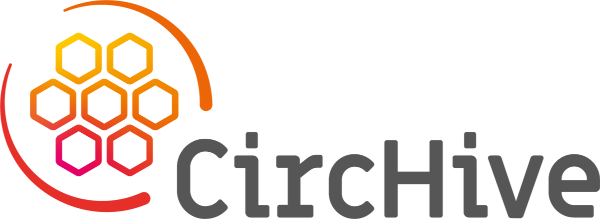Methodology
The scores were calculated based on three topics with their associated weights in parentheses: fundamentals (50%), opportunities (25%), and experience (25%). A total of 167 different indicators and subindicators were used to score these topics. Each of the three topics is described below:
Fundamentals assessed the fundamental structures that encourage clean energy to prosper. Indicators for Fundamentals described a country’s clean energy policies, power sector structure, regulations, and local barriers to renewable energy development. Example indicators included domestic climate change laws, nationally determined contribution (NDC) target coverage, and climate change mitigation incentives.
Opportunities analyzed future opportunities for clean energy growth in a country. Indicators for Opportunities represented a country’s current and future electricity demand, its energy consumption, carbon dioxide emissions from the power sector, and short- and medium-term opportunities for renewable energy procurement. Example indicators included electrification rate, the growth rate of generation, and upcoming renewable auctions.
Experience reflected the track record to host clean energy development successfully in a country. Indicators for Experience described a country’s historical levels of renewable energy investment, the comprehensiveness of its nonmanufacturing clean energy value chain, and the volume of installed clean energy. The assumption was that markets with greater experience deploying renewable energy usually offer lower risks for investors. Example indicators included the capacity of clean energy that has been installed, foreign investment in renewables, and the number of clean energy service providers.
To collect data, BloombergNEF analysts made 23 countries visits to conduct interviews, in addition to desktop research.
Fundamentals assessed the fundamental structures that encourage clean energy to prosper. Indicators for Fundamentals described a country’s clean energy policies, power sector structure, regulations, and local barriers to renewable energy development. Example indicators included domestic climate change laws, nationally determined contribution (NDC) target coverage, and climate change mitigation incentives.
Opportunities analyzed future opportunities for clean energy growth in a country. Indicators for Opportunities represented a country’s current and future electricity demand, its energy consumption, carbon dioxide emissions from the power sector, and short- and medium-term opportunities for renewable energy procurement. Example indicators included electrification rate, the growth rate of generation, and upcoming renewable auctions.
Experience reflected the track record to host clean energy development successfully in a country. Indicators for Experience described a country’s historical levels of renewable energy investment, the comprehensiveness of its nonmanufacturing clean energy value chain, and the volume of installed clean energy. The assumption was that markets with greater experience deploying renewable energy usually offer lower risks for investors. Example indicators included the capacity of clean energy that has been installed, foreign investment in renewables, and the number of clean energy service providers.
To collect data, BloombergNEF analysts made 23 countries visits to conduct interviews, in addition to desktop research.
Data description
This dataset includes a comprehensive index for clean energy sector investment in 104 developing nations. These nations include 100 countries that are classified as less developed according to the Organization for Economic Co-operation and Development (OECD), along with Chile, Mexico, Turkey, and Qatar, which are important developing nations with emerging clean energy markets. This index, formally known as the Climatescope index, is crucial in showing clean energy investment potential amid rapidly changing market circumstances.
Indicator
Range size
Method / tool
Biodiversity Impact Metric (BIM)
Geographic coverage (details)
104 Countries
